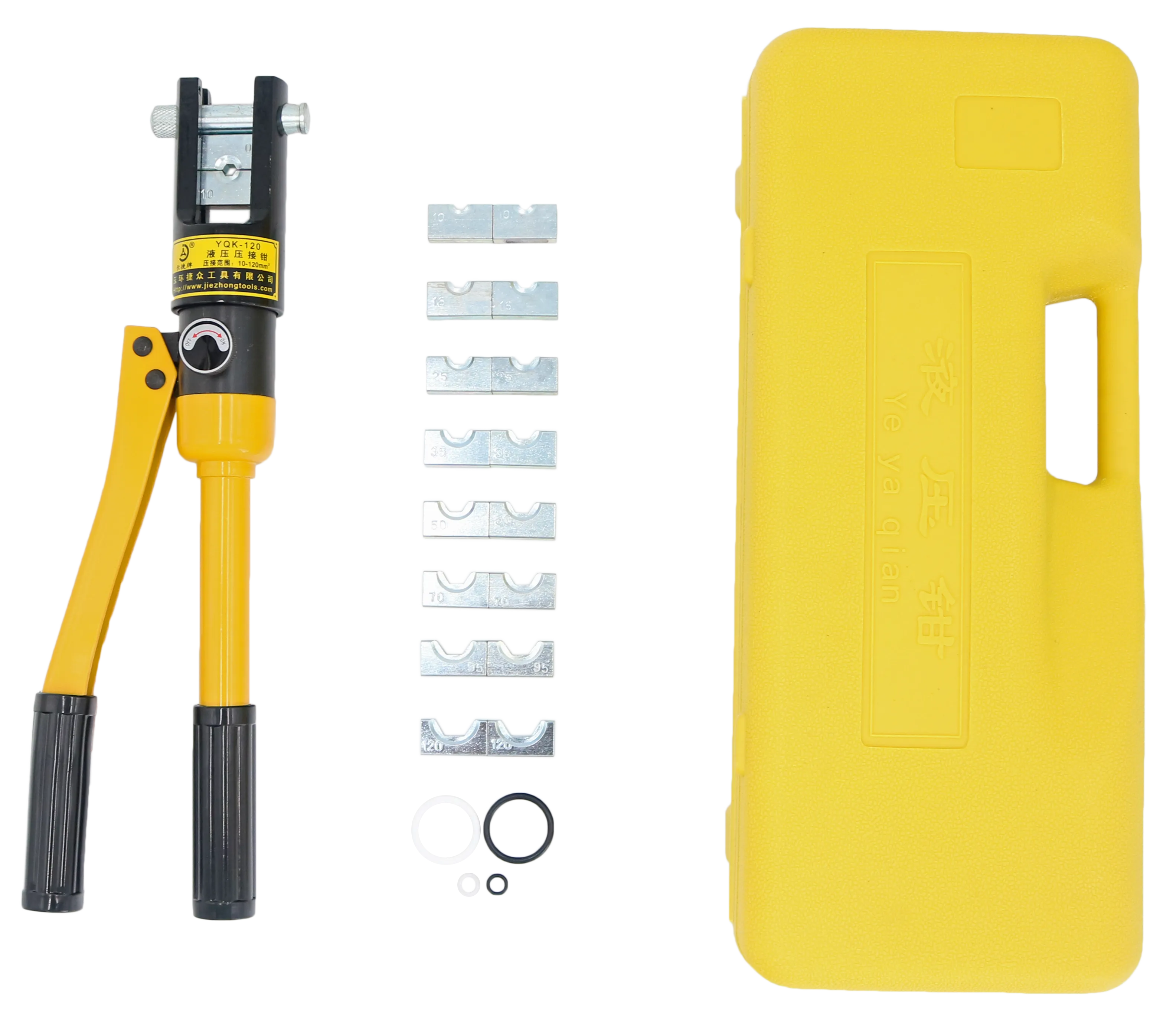
-
 Afrikaans
Afrikaans -
 Albanian
Albanian -
 Amharic
Amharic -
 Arabic
Arabic -
 Armenian
Armenian -
 Azerbaijani
Azerbaijani -
 Basque
Basque -
 Belarusian
Belarusian -
 Bengali
Bengali -
 Bosnian
Bosnian -
 Bulgarian
Bulgarian -
 Catalan
Catalan -
 Cebuano
Cebuano -
 Corsican
Corsican -
 Croatian
Croatian -
 Czech
Czech -
 Danish
Danish -
 Dutch
Dutch -
 English
English -
 Esperanto
Esperanto -
 Estonian
Estonian -
 Finnish
Finnish -
 French
French -
 Frisian
Frisian -
 Galician
Galician -
 Georgian
Georgian -
 German
German -
 Greek
Greek -
 Gujarati
Gujarati -
 Haitian Creole
Haitian Creole -
 hausa
hausa -
 hawaiian
hawaiian -
 Hebrew
Hebrew -
 Hindi
Hindi -
 Miao
Miao -
 Hungarian
Hungarian -
 Icelandic
Icelandic -
 igbo
igbo -
 Indonesian
Indonesian -
 irish
irish -
 Italian
Italian -
 Japanese
Japanese -
 Javanese
Javanese -
 Kannada
Kannada -
 kazakh
kazakh -
 Khmer
Khmer -
 Rwandese
Rwandese -
 Korean
Korean -
 Kurdish
Kurdish -
 Kyrgyz
Kyrgyz -
 Lao
Lao -
 Latin
Latin -
 Latvian
Latvian -
 Lithuanian
Lithuanian -
 Luxembourgish
Luxembourgish -
 Macedonian
Macedonian -
 Malgashi
Malgashi -
 Malay
Malay -
 Malayalam
Malayalam -
 Maltese
Maltese -
 Maori
Maori -
 Marathi
Marathi -
 Mongolian
Mongolian -
 Myanmar
Myanmar -
 Nepali
Nepali -
 Norwegian
Norwegian -
 Norwegian
Norwegian -
 Occitan
Occitan -
 Pashto
Pashto -
 Persian
Persian -
 Polish
Polish -
 Portuguese
Portuguese -
 Punjabi
Punjabi -
 Romanian
Romanian -
 Russian
Russian -
 Samoan
Samoan -
 Scottish Gaelic
Scottish Gaelic -
 Serbian
Serbian -
 Sesotho
Sesotho -
 Shona
Shona -
 Sindhi
Sindhi -
 Sinhala
Sinhala -
 Slovak
Slovak -
 Slovenian
Slovenian -
 Somali
Somali -
 Spanish
Spanish -
 Sundanese
Sundanese -
 Swahili
Swahili -
 Swedish
Swedish -
 Tagalog
Tagalog -
 Tajik
Tajik -
 Tamil
Tamil -
 Tatar
Tatar -
 Telugu
Telugu -
 Thai
Thai -
 Turkish
Turkish -
 Turkmen
Turkmen -
 Ukrainian
Ukrainian -
 Urdu
Urdu -
 Uighur
Uighur -
 Uzbek
Uzbek -
 Vietnamese
Vietnamese -
 Welsh
Welsh -
 Bantu
Bantu -
 Yiddish
Yiddish -
 Yoruba
Yoruba -
 Zulu
Zulu


Nov . 01, 2024 04:45 Back to list
Exploring the Mechanics of Pulley Systems in Various Applications and Their Efficiency
The concept of mechanical systems often initiates discussions about the fundamental principles of physics that govern movement and force. Among these systems, the pulley stands out as a quintessential component of the mechanical chain. This article focuses on the vital role of the pulley within these systems, examining its mechanics, applications, and significance in various industrial contexts.
.
In a mechanical chain context, pulleys can be utilized in configurations such as block and tackle systems. These arrangements consist of multiple pulleys working together to divide the weight of the load being lifted. By increasing the number of pulleys, the amount of force needed to lift an object decreases, allowing for the handling of larger and heavier items with minimal physical effort. This efficiency is crucial in scenarios ranging from shipping and construction to theatrical stage setups, where heavy equipment or scenery must be moved with precision and care.
v mech chain pulley

Moreover, modern applications of pulleys extend beyond traditional uses in construction sites. They are integral components in various machines, such as elevators, exercise equipment, and even in the automotive industry, where they contribute to the functioning of engines and other mechanisms. The versatility of pulleys makes them invaluable across numerous sectors, underscoring their importance in optimizing processes and enhancing productivity.
Technological advancements have further revolutionized the use of pulleys. Innovations in materials, such as the development of lightweight composites and robust steel alloys, have led to stronger and more durable pulleys. Furthermore, the introduction of automated systems incorporates sensors and computerized controls, allowing for greater precision and efficiency in operations involving pulleys.
In conclusion, pulleys remain a fundamental element of mechanical chains, embodying the principles of physics in practical applications. From lifting heavy objects to enhancing the efficiency of various machines, their contributions are immeasurable. As technologies advance, the future of pulleys looks promising, continually adapting to meet the evolving demands of industry and innovation. Understanding their mechanics not only enriches our knowledge of engineering but also highlights the ingenuity behind simple machines that significantly impact our daily lives.
Latest news
What Are Construction Tools and How Are They Used?
NewsJul.11,2025
Professional-Grade Duct Rodding Tools for Superior Cable Installation
NewsJul.11,2025
Enhancing Safety and Efficiency with Modern Hot Stick Solutions
NewsJul.11,2025
Empowering Cable Installation with Advanced Rodder Solutions
NewsJul.11,2025
Elevate Your Cable Installation Projects with Cable Pulling Tools
NewsJul.11,2025
Efficient Cable Handling Solutions: Cable Rollers for Sale
NewsJul.11,2025











